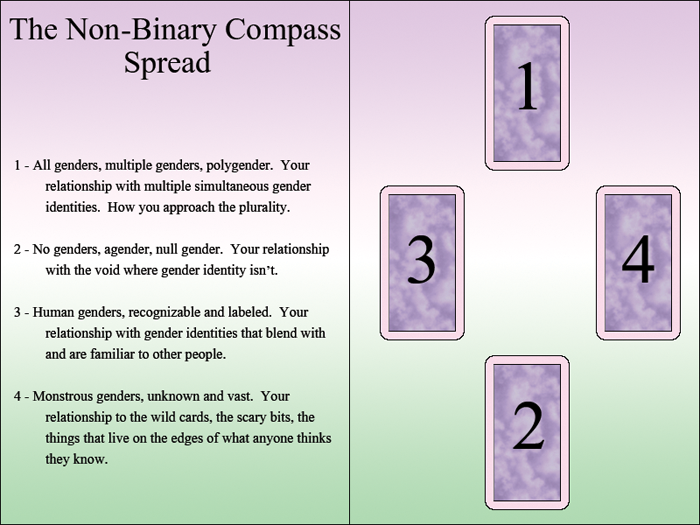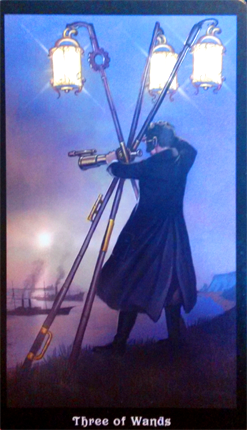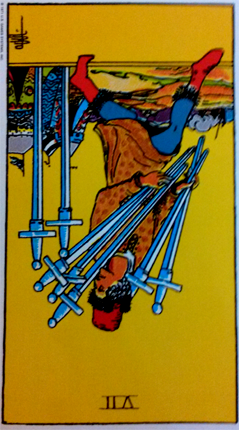Because of issues with my computer I wasn’t able to get around to writing up a post for this blog for NaNoWriMo. But I did write up a post earlier about the Bechdel Test and its history on my Tumblr this morning which I’m saying counts since it’s about as long as my other posts, and in an effort to keep up, I’m reposting it here. You can find a link to my Tumblr at the end of the blog.
So I’ve seen a lot of posts going around the past couple of years (one just about a week ago in particular) talking about how such-and-such movie doesn’t pass the Bechdel Test and therefore is not a feminist movie.
While it’s great that we’re approaching media with a critical eye, what I’m seeing is a lot of the younger crew getting inundated with messages about “passing the Bechdel Test” without the being taught what exactly it is, where it comes from, and why “passing the Bechdel Test” isn’t the only way to tell if a movie is feminist or not.
So here’s a brief lesson on the Bechdel Test and the history of women in movies for you guys.
The Bechdel Test was, first and foremost, a punchline setup in a comic called “Dykes to Watch Out For”, written by prominent lesbian author Alison Bechdel, who borrowed the test from a friend of hers.
This is the original strip, entitled “The Rule.”

It depicts two women walking past a movie theater discussing potentially going to see a movie.
Woman #1: Well, … I dunno. I have this rule, see …
Woman #1: I only go to a movie if it satisfied three basic requirements. One, it has to have at least two women in it …
Woman #1: … who, two, talk to each other about, three, something besides a man.
Woman #2: Pretty strict, but a good idea.
Woman #1: No kidding. Last movie I was able to see was Alien …
So there’s the origin story: A setup for a punchline, like I said.
Now here’s a little backstory for it: The original strip was written and published in 1985.
The top five grossing films the year before were, in order, “Beverly Hills Cop”, “Ghostbusters”, “Indiana Jones and the Temple of Doom”, “Gremlins”, and “The Karate Kid.” Of those five movies, only “Indiana Jones” and “Gremlins” featured a prominent female character who actively did things to advance the plot. The others were either strictly victims, or were only romantic backdrops for the story.
Going further down the list to include the top ten, you have (again in order) “Police Academy” where the female characters who aren’t the love interest are two-dimensional one-note punchlines; “Footloose” which actually makes an important message about women’s sexual independence; “Romancing the Stone” whose main character is an independent woman who plays an active role in the plot, but whose main character arc can basically be summed up as “in need of a good dicking”; “Star Trek III: The Search for Spock” which I will grant I’ve never seen, but I’m gathering from the wiki page most of the female characters are in support roles to Kirk and Spock’s undying love; and “Splash” which, while featuring a woman who actively makes decisions about her own life and what she wants and is unapologetically herself in the face of public criticism, is also introduced as an adult completely naked and ends up the victim of inhumane testing.
Stretching it even further to include the top twenty and you find “Revenge of the Nerds” at number 16, the entire plot of which is a group of young male nerdy college students getting revenge on a group of jock bullies by raping and sexually assaulting the bullies’ girlfriends.
This gives you something of an idea of the atmosphere of the film industry at the time. Though keep in mind that these are only the top grossing films; almost 200 movies were released that year, and in a significant number of them, the female characters were either basically a non-entity in the story, or were a prize for the male protagonist, if they existed at all.
That’s why the joke at the end of the original strip (which again, was published in 1985) is about not being able to see a movie since “Alien” (which was released in 1979).
The original strip was a comment on the state of Hollywood in the mid-’80s and utilized hyperbole to get its point across. Futhermore, the actual test is about representation more than it is about feminist storytelling.
Which means that it’s not the only way in which to determine if a movie is feminist or not.
Feminism doesn’t exist in a single, linear line, nor does it exist inside of a vacuum.
As you go down the list, you’ll see that “Oz the Great and Powerful” passes the test. A movie that takes one of the single most feminist stories in American film and literature — literally written with the intention of giving the author’s daughter a piece of media where women are the powerful characters for once whose stories are the most important — and casts the literally useless lying conman as the hero.
And right underneath it is “Pacific Rim”, which doesn’t pass the test. A movie whose plot at least partially revolves around its female main character dealing with, overcoming, and weaponizing her own trauma to save the world with her co-star as an equal partner.
Or how about this one? Thor: The Dark World passes, a movie that fridges Frigga purely for the sake of having a dubious reason to make Thor and Loki work together, and has Jane Foster unconscious for around half of the plot.
The River Wild isn’t listed on the site, but here’s a movie where Meryl Streep’s character’s only interaction with any non-male characters are discussing her son and husband with her daughter and mother, neither of whom are seen after about twenty minutes in. Yet here is a movie where the main driving force is Streep’s character, who owns her feelings, her sexuality, is the only one who really knows what she’s doing in the situation, and who eventually is the main fighter in the final conflict and the one who ends it.
So you see, again, passing the Bechdel Test does not automatically make something a feminist movie; nor does not passing automatically disqualify it. The Bechdel Test is a useful way to gauge female representation, but it really doesn’t gauge the quality of it.
Furthermore, feminism isn’t the only means by which we need to gauge important films. I’ve seen far too many “List of Movies This Year That Fail the Bechdel Test” posts on Tumblr calling for people not to give those movies money, withou taking into consideration what other kinds of representation those movies might be giving to other underrepresented and oppressed groups (in addition to not taking into consideration the female characters’ storylines in the first place).
Boycotting movies based purely on the Bechdel Test just shows a lack of understanding of what the test really is and the context in which it become a Thing. Not only that, but it harms movies that do give genuinely well-thought and important representation to underrepresented groups and gives Hollywood an excuse to continue underrepresenting them.
Absolutely continue demanding more representation, but don’t ignore good representation just because something doesn’t live up to a thirty year old comic strip punchline.
-Nix Finch
In honor of National Novel Writing Month I’m making it my goal to write an original post a day for the whole month. If there’s a topic that you’d like to see discussed, please leave me a comment!





